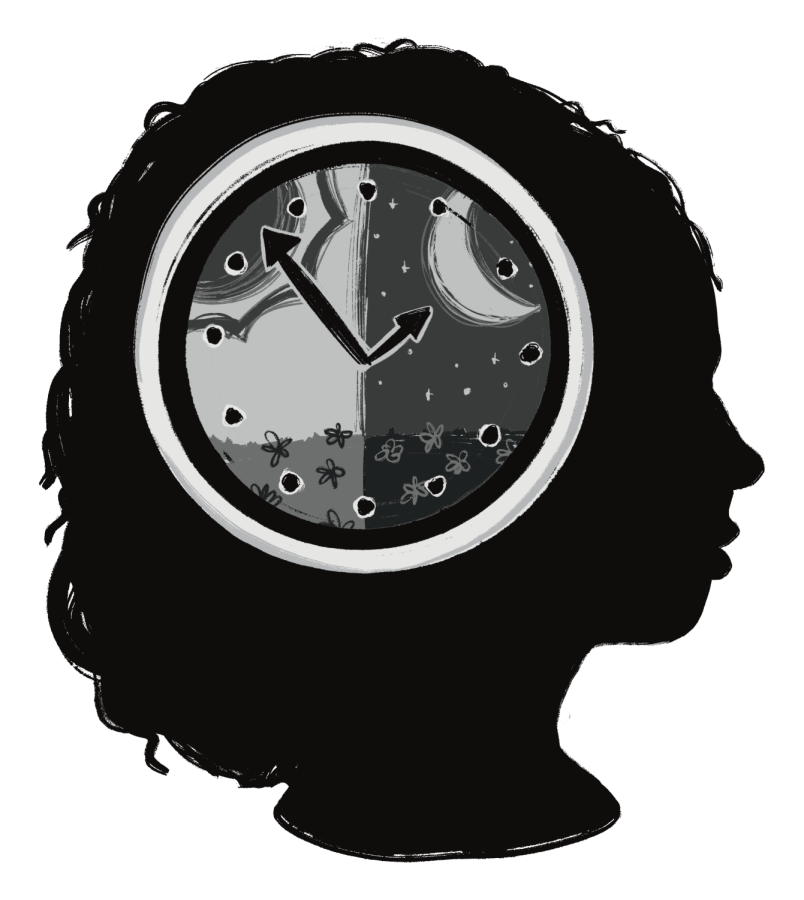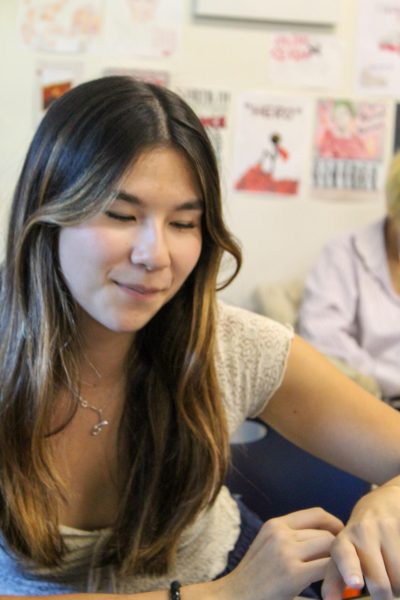Times Have Changed: Daylight savings’ future
December 9, 2022
Daylight Saving Time is a bi-yearly change that nearly all Americans experience: enjoying the extra hour of sleep in November and feeling deprived when it’s one hour less in March. However, politicians and citizens alike have continually discussed the necessity of the practice and if there are any true benefits.
Introduced during the peak of World War I in 1916, DST was originally created to maximize resource use during daytime hours. Germany was the first country to officiate the time change, with the rest of the world soon following in pursuit as increased productivity stimulated national economies. It was formally adopted by the United States in 1918.
Despite the longtime practice, the U.S. Senate passed the Sunshine Protection Act of 2021 earlier this year, which is a motion to make Daylight Saving Time permanent for the United States. The bill is currently waiting for approval from the U.S. House of Representatives and then a final signature from President Joe Biden. If passed, all 50 states will participate and follow a cohesive year-round clock.
As the United States considers the Sunshine Protection Act, it is important to note both the positive and negative effects. The primary argument between keeping and removing DST is safety versus health benefits, each with strong support.
Pros: Longer daylight hours would reduce car accident rates and lower the risk of pedestrian fatalities, overall boosting safety within American communities. Businesses would see economic benefits with more hours to serve customers (honestly, shopping during the day is far more attractive than nighttime hours). Extending the day would also relieve the streets of petty crimes and robberies; as discovered by economists Jennifer Doleac and Nicholas Sanders, a rough 27% decrease in evening-time robberies occurs after spring forward.
Cons: One of the prominent refutations for adopting a year-long standard time comes from sleep experts, who argue that the DST is not compatible with a human’s innate circadian rhythm. Phyllis Zee, director of the Center for Circadian and Sleep Medicine at Northwestern University, found that our circadian system not only controls when we eat, exercise and work, but also has an effect on our blood pressure, heart rate and cortisol levels. Altering our natural pattern with a shift to later daylight hours is arguably detrimental to human health.
An interesting aspect to consider is whether these harmful effects would continue with the permanence of DST or if they would diminish as our bodies adjust to the time. While the thought of eradicating DST may sound new to residents in California, it has been in practice for Hawaii and Arizona since 1967 and 1968 respectively, with very little issues and opposition.
Between the success in these states and the wide range of benefits stretching from economic growth to legitimate safety hazards, the Sunshine Protection Act shapes up to be a well thought-out and necessary change for the United States. Honestly, who needs to spring forward when you can eliminate the stress of time change?



![AAAAAND ANOTHER THING: [CENSORED] [REDACTED] [BABY SCREAMING] [SIRENS] [SILENCE].](https://thehowleronline.org/wp-content/uploads/2025/06/lucy-1200x800.jpg)

















































![AAAAAND ANOTHER THING: [CENSORED] [REDACTED] [BABY SCREAMING] [SIRENS] [SILENCE].](https://thehowleronline.org/wp-content/uploads/2025/06/lucy-300x200.jpg)



